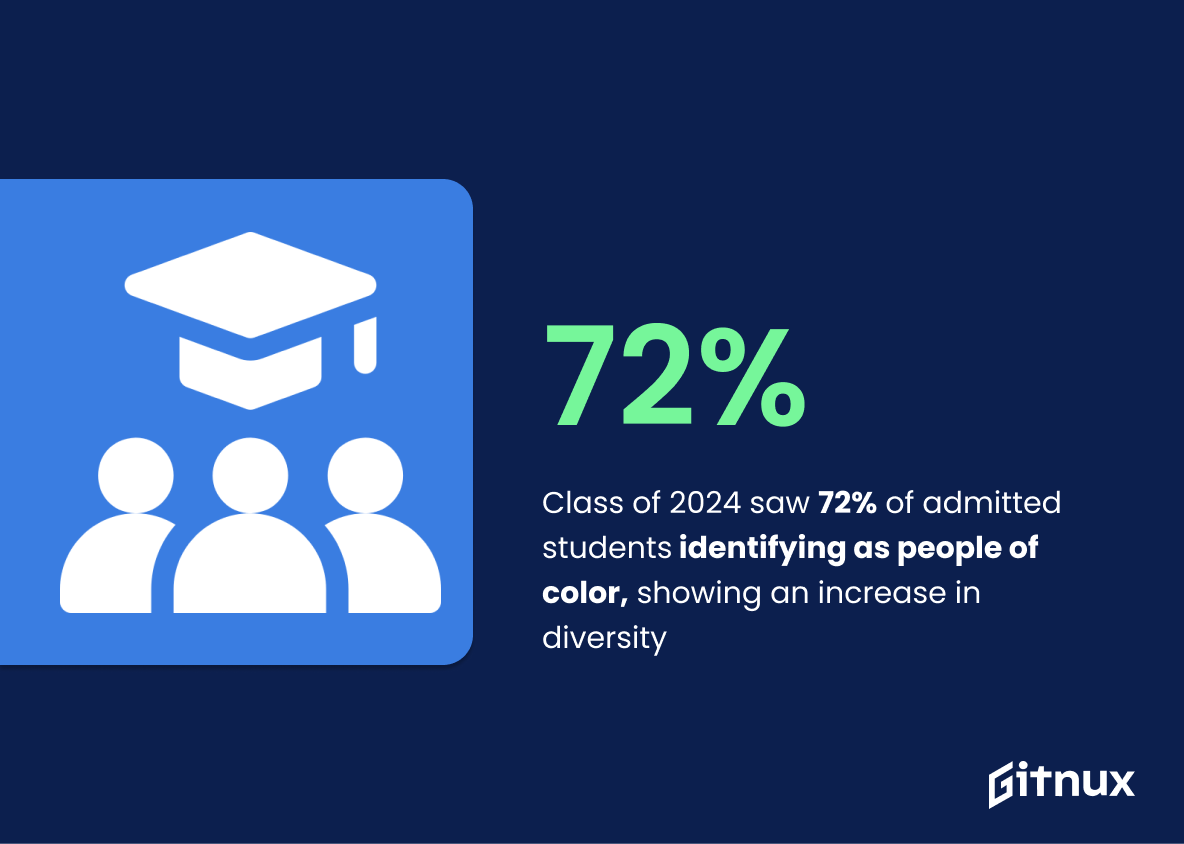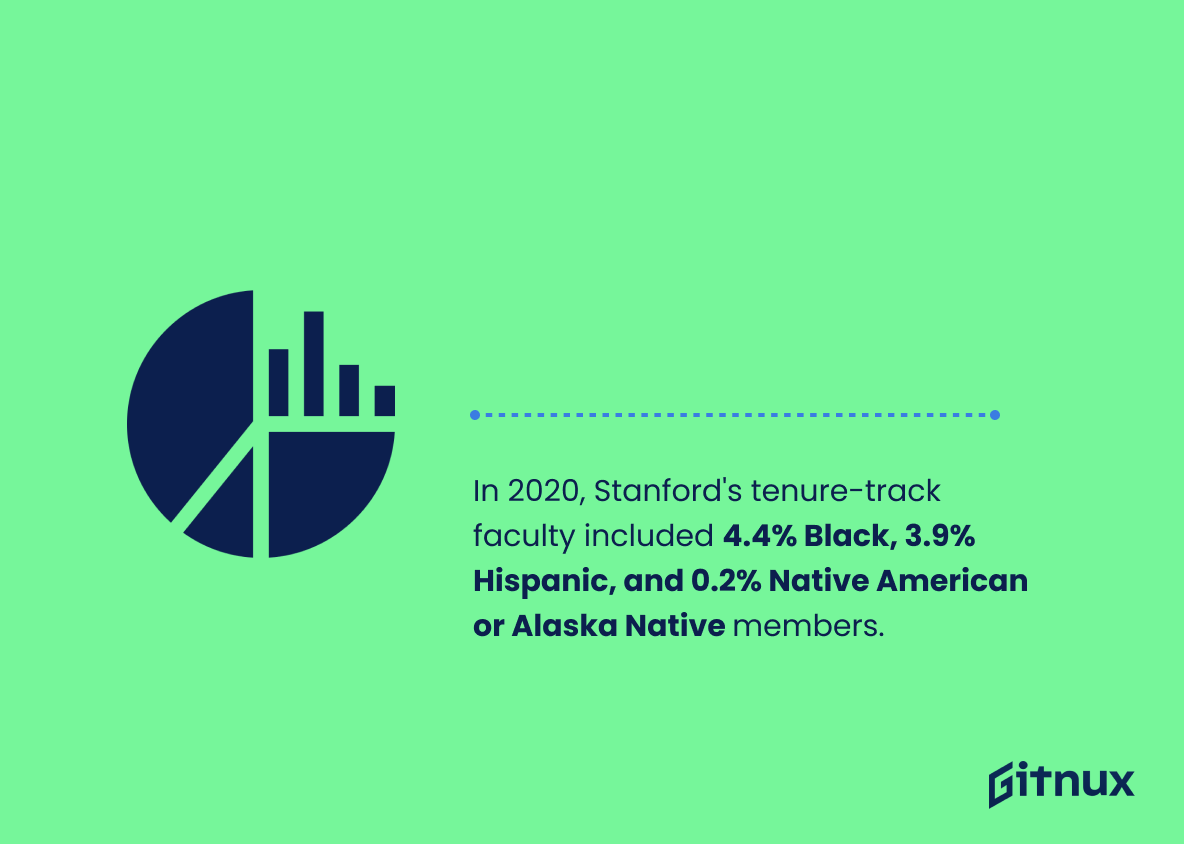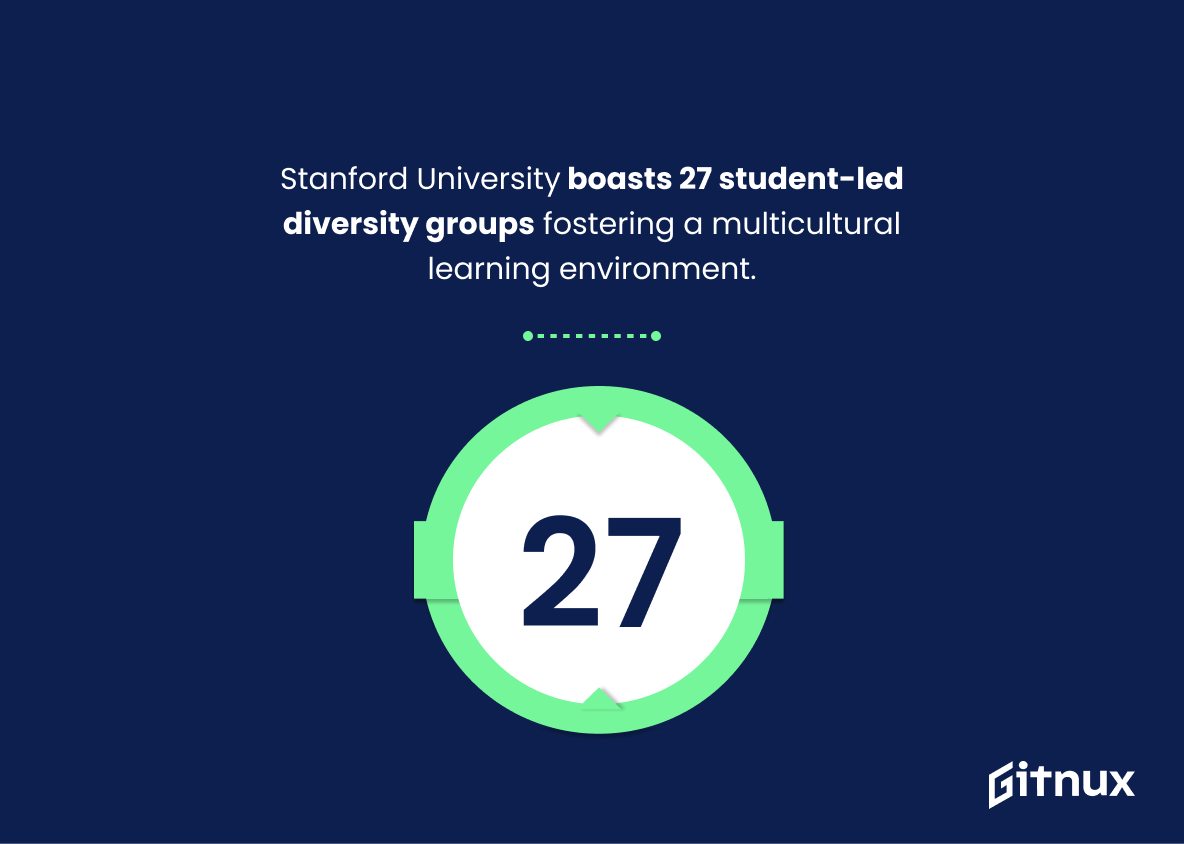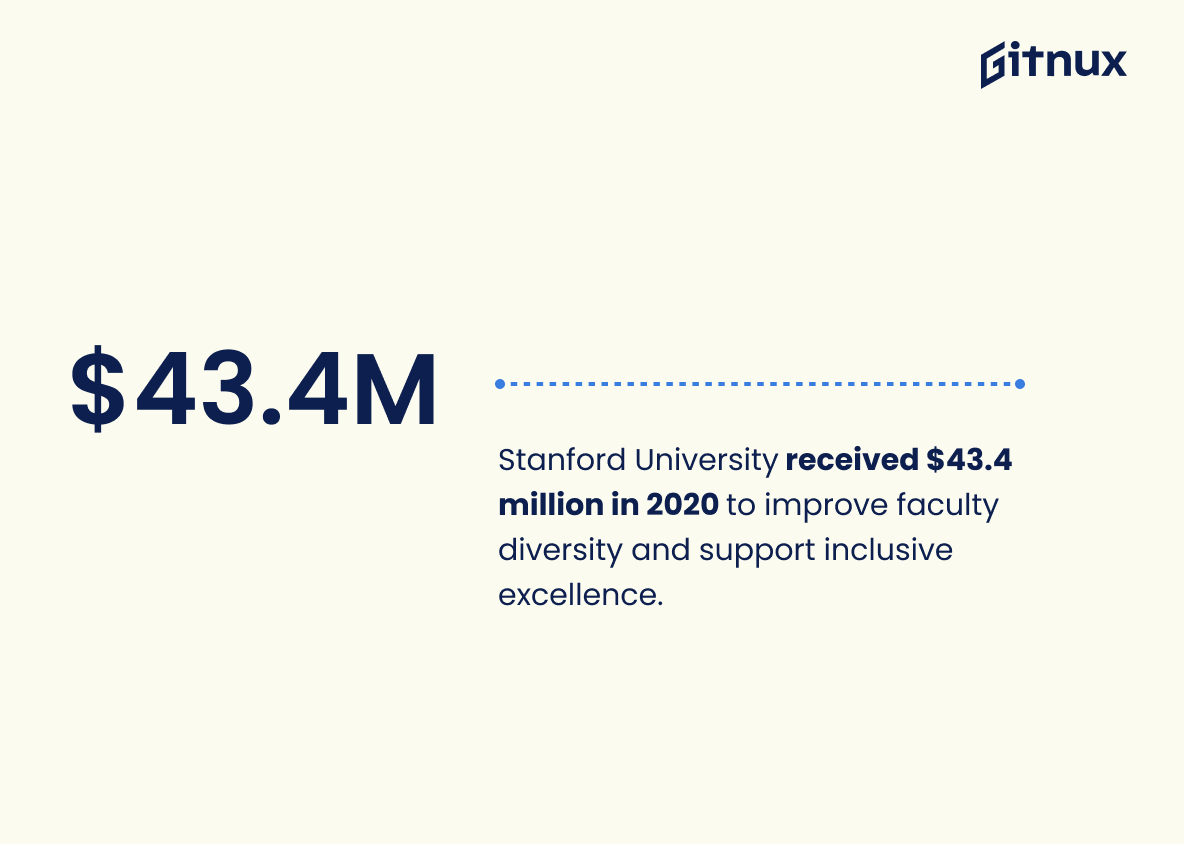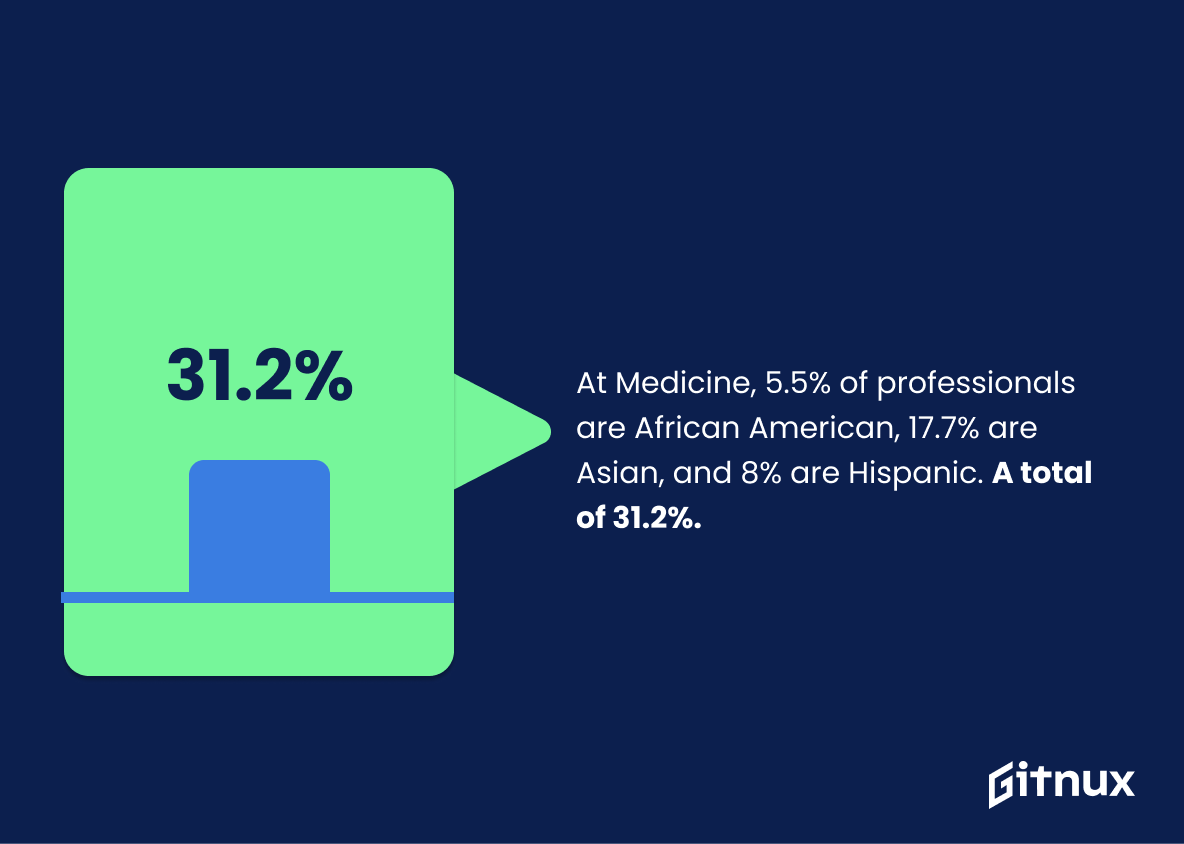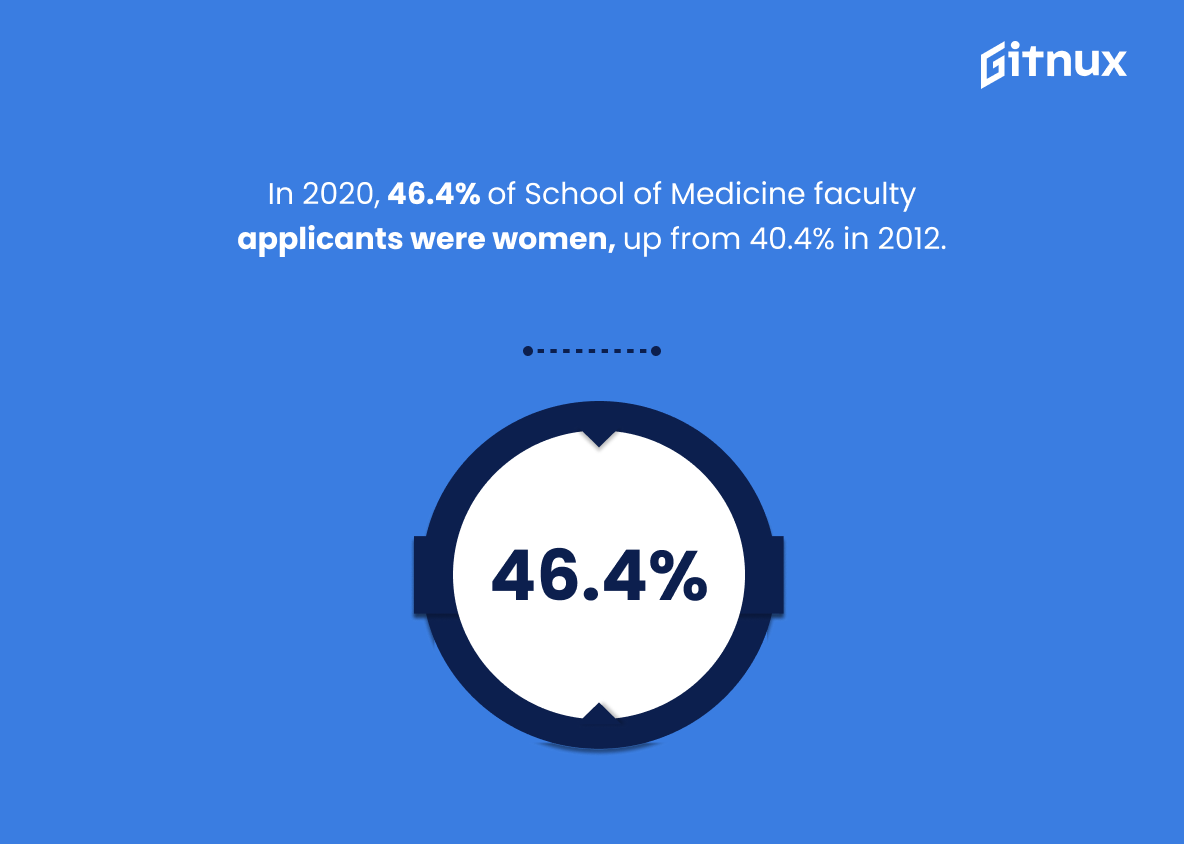Stanford University champions a diverse, inclusive community. In Fall 2020, 6,996 undergraduates enrolled. Breakdown: 21.2% White, 12% Asian, 9.9% Black/African American, 16.4% Hispanic/Latino, 6.4% multi-racial, and 1% American Indian/Alaska Native. The Class of 2024 had 40% first-generation students, and 72% from underrepresented backgrounds. Over half get need-based financial aid.
Faculty diversity increased: 4.4% Black, 3.9% Hispanic, and 0.2% Native Americans/Alaska Natives. Growth since 2010 hit 33%. Stanford’s IDEAL initiative won the 2020 Higher Education Excellence in Diversity Award. There are 27 student groups for multicultural learning. The Markaz Center aids Muslim students, and the Women’s Center empowers through volunteer programs. The Graduate School Of Business offers DEI Impact Grants and saw female applicants rise to 46.4% from 40.4% in 2012. In Medicine, 5.5%, 17.7%, and 8% of professionals are African American, Asian, and Hispanic, indicating progress in racial justice.
Let’s take a closer look at the most important statistics about Stanford’s commitment to diversity.
Stanford Diversity Statistics Overview
In the class of 2024, Stanford University has had 72% of admitted students identifying as people of color, which shows a significant increase in diversity.
This statistic is a testament to Stanford University’s commitment to fostering a diverse and inclusive environment. It demonstrates that the university is making strides towards creating a campus that is reflective of the world’s population, and that it is actively working to ensure that all students have an equal opportunity to succeed. This statistic is a powerful reminder that diversity is not only important, but also achievable.
More than half of Stanford University students receive need-based financial aid, making the campus more socioeconomically diverse.
This statistic is a testament to Stanford University’s commitment to providing access to higher education for students from all backgrounds. It demonstrates that the university is actively working to create a more socioeconomically diverse campus, allowing students from all walks of life to benefit from the university’s resources and opportunities.
In 2020, 4.4% of Stanford University’s tenure-track faculty were Black, 3.9% were Hispanic, and 0.2% were Native American or Alaska Native.
This statistic is a stark reminder of the lack of diversity among Stanford University’s tenure-track faculty. With only 4.4% of faculty members being Black, 3.9% Hispanic, and 0.2% Native American or Alaska Native, it is clear that there is a significant gap in representation of minority groups in the faculty. This is an issue that needs to be addressed in order to ensure that all students have access to a diverse and inclusive learning environment.
Stanford University started the IDEAL (Inclusion, Diversity, Equity, and Access in a Learning Environment) initiative to promote diversity and inclusion across campus.
The Stanford University IDEAL initiative is a powerful testament to the university’s commitment to fostering an environment of inclusion, diversity, equity, and access. This initiative is a clear indication that Stanford is taking proactive steps to ensure that all students, regardless of background, have the opportunity to thrive and succeed in their academic pursuits. As such, this statistic is an important reminder of the university’s dedication to creating a campus that is welcoming and supportive of all students.
In 2021, Stanford’s faculty diversity increased by 18% in less than a decade, reaching 33% of professors from underrepresented backgrounds.
This statistic is a testament to Stanford’s commitment to fostering a more diverse and inclusive environment. It shows that the university has made significant strides in the past decade to ensure that faculty from underrepresented backgrounds are represented in the classroom. This is an important step in creating a more equitable learning environment for all students, and it is encouraging to see that Stanford is taking the initiative to make this happen.
Stanford University has 27 student-led diversity and inclusion organizations dedicated to promoting a multicultural learning environment.
The fact that Stanford University has 27 student-led diversity and inclusion organizations speaks volumes about the university’s commitment to fostering a multicultural learning environment. It demonstrates that the university is actively working to create an atmosphere of acceptance and understanding, where students of all backgrounds can feel welcome and included. This is an important step in creating a truly diverse and inclusive campus, and it is a testament to Stanford’s dedication to promoting diversity and inclusion.
In 2020, Stanford University received the Higher Education Excellence in Diversity (HEED) award as an institution that demonstrates an outstanding commitment to diversity and inclusion.
The HEED award bestowed upon Stanford University in 2020 is a testament to the university’s dedication to fostering an inclusive and diverse environment. This recognition is a powerful indicator of the university’s commitment to creating a campus culture that celebrates and embraces differences. As such, this statistic is a powerful reminder of the progress Stanford has made in promoting diversity and inclusion, and serves as an inspiration for other institutions to strive for similar success.
Stanford Medicine has offered over $200 million for hiring and retaining underrepresented minority faculty.
The fact that Stanford Medicine has invested over $200 million in hiring and retaining underrepresented minority faculty speaks volumes about the university’s commitment to fostering a diverse and inclusive environment. This substantial investment demonstrates Stanford’s dedication to creating a campus culture that celebrates and embraces diversity, and provides a platform for minority faculty to thrive.
Stanford University received $43.4 million in 2020 to improve faculty diversity and support inclusive excellence.
This statistic is a testament to Stanford University’s commitment to fostering a diverse and inclusive environment. The $43.4 million investment in faculty diversity and inclusive excellence demonstrates the university’s dedication to creating a campus that is welcoming and supportive of all students, regardless of their background. This investment is a powerful statement that Stanford is taking the necessary steps to ensure that everyone has an equal opportunity to succeed.
5.5% of Stanford Medicine’s health care professionals are from African American backgrounds, 17.7% are from Asian backgrounds, and 8% are from Hispanic backgrounds.
This statistic is a powerful indicator of the diversity of Stanford Medicine’s health care professionals. It shows that Stanford Medicine is committed to creating an inclusive environment that is reflective of the diversity of the population it serves. This statistic is a testament to the fact that Stanford Medicine is actively working to ensure that its health care professionals represent a wide range of backgrounds and experiences.
In 2020, 46.4% of applicants for the School of Medicine faculty applicant pool were women, an increase from 40.4% in 2012.
This statistic is a testament to the progress Stanford has made in promoting gender diversity in its School of Medicine faculty applicant pool. It shows that the university has taken steps to ensure that women are given equal opportunities to pursue a career in medicine, and that these efforts have been successful. This is an encouraging sign for those who are passionate about creating a more equitable and inclusive environment at Stanford.
The Markaz Community Center at Stanford serves as a space dedicated to the needs of students from diverse Muslim backgrounds and works to foster greater understanding about Islam.
The Markaz Community Center at Stanford is a powerful symbol of the university’s commitment to inclusivity and understanding. It serves as a reminder that Stanford is a place where students from diverse Muslim backgrounds can feel welcome and respected, and that the university is dedicated to fostering greater understanding about Islam. This is an important part of Stanford’s diversity story, and one that should be celebrated.
In 2019, Stanford Graduate School of Business introduced the DEI Impact Grants to support initiatives that improve inclusion and diversity among students, faculty, and staff.
The introduction of the DEI Impact Grants by Stanford Graduate School of Business in 2019 is a clear indication of the school’s commitment to fostering a more inclusive and diverse environment. This initiative demonstrates that the school is taking tangible steps to ensure that all students, faculty, and staff feel welcomed and respected. As such, this statistic is a powerful reminder of the importance of diversity and inclusion in the Stanford community.
In the Class of 2025 for the Graduate School of Business, 35% of American domestic students were Black/African American, 23% were Latinx, and 6% were Native American/Indigenous.
This statistic is a powerful testament to the progress Stanford Graduate School of Business has made in creating a diverse and inclusive environment. It shows that the school is actively working to create a student body that reflects the diversity of the United States, and that it is succeeding in doing so. This statistic is a sign of hope for the future of higher education, and a reminder that diversity and inclusion are essential for creating a vibrant and successful learning environment.
Stanford University’s Native American Cultural Center (NACC) supports undergraduate and graduate students from more than 50 Native American tribes.
This statistic is a testament to Stanford University’s commitment to fostering a diverse and inclusive campus. By providing support to students from more than 50 Native American tribes, the NACC is helping to ensure that Native American students have the resources they need to succeed. This is an important step in creating a campus environment that celebrates and respects the unique cultures and backgrounds of all its students.
The Women’s Community Center (WCC) at Stanford University supports and empowers all women students by providing a safe space and engaging over 100 volunteer undergraduate and graduate students.
This statistic is a testament to Stanford University’s commitment to fostering an inclusive and supportive environment for all women students. The Women’s Community Center provides a safe space for women to come together and engage in meaningful dialogue, while the volunteer program allows students to become actively involved in the Center’s mission. This demonstrates Stanford’s dedication to creating a campus culture that celebrates and values the contributions of all women.
Conclusion
Stanford University has made significant strides in promoting diversity and inclusion on campus. From the Class of 2024 undergraduate admission, which saw 40% of accepted students being the first in their families to attend college, to Stanford Medicine’s health care professionals who are 5.5% African American, 17.7% Asian, and 8% Hispanic backgrounds respectively; from initiatives such as IDEAL (Inclusion Diversity Equity Access Learning Environment) that promote a multicultural learning environment across campus to centers like Markaz Community Center dedicated for Muslim students or Women’s Community Center empowering all women – these efforts have resulted in an increase of 18 percent faculty diversity since 2010 and 72 percent admitted student identifying as people of color this year alone. With over $200 million invested towards hiring underrepresented minority faculty members at Stanford Medicine and more than half its student body receiving need-based financial aid making it socioeconomically diverse – there is no doubt that Stanford University continues to be committed towards creating a safe space where everyone can thrive regardless of race or gender identity.
References
0. – https://www.facultysenate.stanford.edu
1. – https://www.facts.stanford.edu
2. – https://www.wcc.stanford.edu
3. – https://www.stanforddaily.com
4. – https://www.stanfordmedicine.app.box.com
5. – https://www.facultydevelopment.stanford.edu
6. – https://www.markaz.stanford.edu
7. – https://www.gsb.stanford.edu
8. – https://www.financialaid.stanford.edu
9. – https://www.diversityworks.stanford.edu
10. – https://www.med.stanford.edu
11. – https://www.nacc.stanford.edu
12. – https://www.news.stanford.edu
